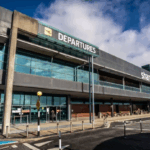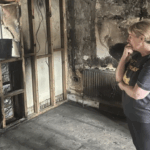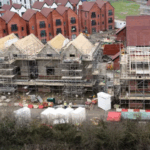The flight data and cockpit voice recorders from Jeju Air Flight 7C2216, which crashed on December 29, have been confirmed to have stopped recording about four minutes before the airliner hit a concrete structure at Muan Airport in South Korea. The crash, which killed 179 people, remains the deadliest aviation disaster on South Korean soil.
The South Korean Ministry of Transport has announced that investigators are examining the cause of the recorder shutdown, which occurred just prior to the plane’s collision with an embankment. Authorities are also working with the U.S. National Transportation Safety Board (NTSB) to analyze the data from the damaged flight data recorder, which was sent to the United States for further investigation.
The Boeing 737-800, which had departed Bangkok, Thailand, for Muan in southwestern South Korea, suffered a bird strike while approaching the airport. The pilots declared an emergency just minutes before the crash, informing air traffic control of the bird strike and initiating a go-around. Despite the emergency, the aircraft belly-landed, overshot the runway, and crashed into an embankment, bursting into flames.
Two crew members, sitting in the tail section of the aircraft, were rescued with injuries, but the 179 passengers onboard did not survive. Two minutes before the Mayday call, air traffic control had warned of “bird activity,” and the pilots, opting for a go-around, made a sharp turn instead of completing the maneuver, ultimately approaching the runway from the opposite direction.
The discovery that the recorders stopped capturing data just before impact has raised questions among investigators, with some experts suggesting that the power, including backup systems, may have been completely cut off — a rare and concerning possibility.
While the Ministry of Transport continues its investigation, it has stated that other available data will be used to piece together the events leading to the crash. The ministry has pledged to ensure transparency and share findings with the victims’ families. However, some family members have expressed concerns that the ministry should not be leading the investigation, calling for independent experts, including those recommended by the families, to be involved.
The investigation also centers on the embankment that the plane struck. Questions have been raised about its design, as it was built to support the “localizer” system to assist in aircraft landings. Investigators are looking into why the embankment was constructed with rigid materials and located so close to the runway’s end.
As the investigation continues, authorities are working to uncover the cause of the crash while addressing concerns from the families of those who perished.
















